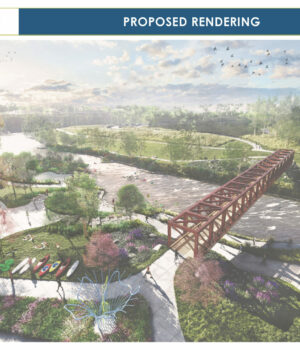The Roanoke River, a cherished waterway in Virginia, has long been a haven for sport fishing enthusiasts. Its waters teem with striped bass, catfish, and other prized catches, drawing anglers from near and far. However, as the river continues to evolve as a recreational and ecological resource, it faces challenges that demand our attention and action.
The Joy of Sport Fishing
For many, sport fishing in the Roanoke River is more than a pastime—it’s a tradition. The thrill of the catch, the serenity of the riverbanks, and the camaraderie among anglers create an experience that is both exhilarating and grounding. Beyond personal enjoyment, sport fishing contributes significantly to the local economy, supporting bait shops, guide services, and tourism.
Environmental Impacts
Despite its benefits, sport fishing is not without its environmental consequences. Overfishing, habitat disruption, and pollution are pressing concerns. The Roanoke River’s ecosystem is delicate, and the introduction of non-native species or the overharvesting of certain fish can upset its balance. Additionally, discarded fishing lines and tackle pose threats to wildlife, entangling birds and aquatic creatures.
The river also faces external pressures, such as potential contamination from industrial activities. For instance, concerns have been raised about uranium mining in the region, which could introduce harmful substances into the watershed. Protecting the river requires a collective effort to adopt sustainable fishing practices and advocate for policies that safeguard its health.
A New Chapter: The Wasena Water Feature
In an exciting development, the City of Roanoke is set to construct Virginia’s first in-river whitewater park near Wasena Park. This $5.6 million project aims to transform a stretch of the Roanoke River into a hub for outdoor recreation, featuring engineered rapids, ADA-compliant entry points, and wading areas for families. Scheduled for completion in late 2026, the park promises to make kayaking and other water sports more accessible while boosting local tourism.
The project also incorporates environmental considerations, such as riverbank stabilization and native plantings to prevent erosion. By enhancing the river’s recreational appeal while prioritizing ecological health, the whitewater park exemplifies how development and conservation can coexist.
Striking a Balance
As we embrace new opportunities for recreation, it’s crucial to remember our responsibility to the Roanoke River. Anglers, kayakers, and all who cherish this waterway must work together to ensure its sustainability. Simple actions, like practicing catch-and-release fishing, properly disposing of waste, and supporting conservation initiatives, can make a significant difference.
The Roanoke River is more than a fishing spot or a site for adventure—it’s a lifeline for countless species and a source of inspiration for our community. By balancing enjoyment with stewardship, we can preserve its beauty and vitality for generations to come.
Delaney Collins
Staff Reporter




